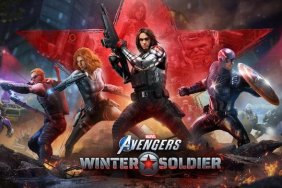“95% of this movie takes place in the past. The bookends are in the modern day. The very first scene of the film is the discovery in the arctic. If you know anything about Cap, you might know what that discovery is.”
As we move throughout the room it becomes evident that the images are from every scene of the film, laid out…






